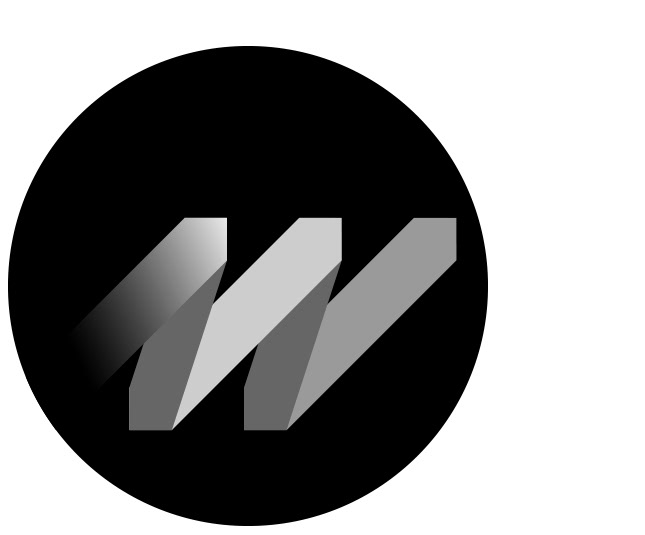Approach
From the very beginning, my task was to create a very robust and organized system that was a combination of task list, calendar, and image and product search engine into one simple, concise, and consistent UI experience.
The various screens of the Parents iOS experience. Why in the world anyone would have 8 iPhones all using the same app but showing different screens is beyond me, but it sure does look nice. Practical, oh hell no, but pretty.
Login, Dashboard & Menu
These are the first few screens a user experiences after they login. The user gets a quick overview of their child’s chores, rewards, and meaningful and useful statistics.
The dashboard or overview area of the app serves as the hub of your child’s activities. We knew that once parents added chores and rewards the most frequent thing they would be doing is monitoring how many chores a child needs to do in a day, and what chores or rewards they need to approve.
Chores
Parents get a list of a specific child’s chores, ordered by time and due date, as well as chores that needed to be approved (so their child could get the points for the chores they've completed).
The mandatory “hero shot”. I’m afraid it’s a necessary evil. But it does look cool, right? Wait, don’t answer that. I do like the texture of the jeans, I just wish the photographer’s shadow wasn’t apart of the image.
Rewards
The engine that drives the success of ChoreMonster is the rewards. Every time a child completes a chore they get points that they can use to earn things they want, like ice cream, game time, watching a movie, or getting a toy. The incentive of earning something (no matter how small or insignificant) motivates children to do their chores — this is true of adults as well, not just children.
I imagine there is some fellow out there, drinking a frothy coffee and admiring his lovely mini-lilac bush, while adding a reward from Amazon for his child using ChoreMonster. Sure sure, my use of The Lord Of The Rings as something someone would actually search for is old, but sometimes you just pick something to mockup and forget that you did and pretty soon it's apart of your identity, like that tooth that is colored differently because you ran into a swingset pole while playing baseball in high school.
Apple Watch
When we were tasked with adapting our parents interface to work on the Apple Watch, a new set of UI and UX problems had to be solved. Given the size, color, and functional limitations of the watch, I created flow that worked best for the device. This acted as a catalyst for the Parents 3.0 (that should launch soon).
Working within limitations is the best way to create new solutions that simplify your features and experience. Often these new discoveries bleed over into the next iterations of your UI and UX. That sounded very meaningless. Here, let me be more direct: build your product for different platforms, regardless if you think it’s worthwhile, because it will force you to standardize, unify, and simplify your entire design.
Windows 8 Tablet
Yes, you are reading that correctly. Call this “cover the all bases”, we created a version of the app which again presented new challenges to adapting the current visual language to feel native in the Windows 8 environment.
Designing within the modular UI pattern of Windows 8 made for an elegant hybrid of our existing brand language. The landscape format allowed for multiple column layout and more information per screen view without sacrificing clarity, simplicity, or organization. Again, adapting the visual language to feel native within a new device OS propelled the design forward.
This is a commercial I helped write and was created by my friends Motke Dapp and Ryan Hartsock from Paper Ghost Pictures. We ran the commercial through DirecTV in specific markets for rapid user growth. Ultimately we found that quantity wasn’t as cost effective as quality.
